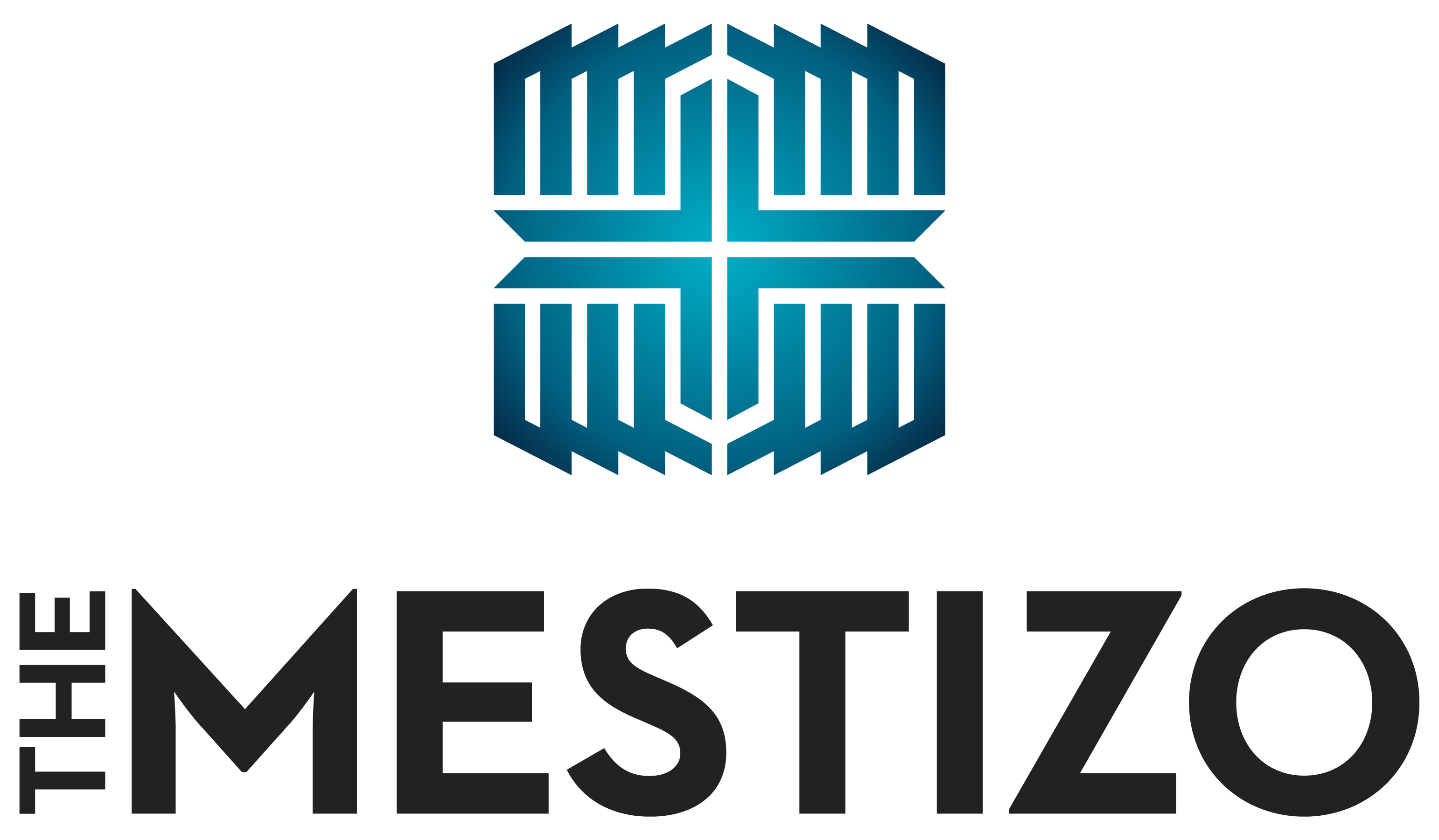-
Le Fashion Post. “Heritage Fashion Is Having Its Moment: How Women Are Reclaiming Their Cultural Identity Through Style.” (2025). Link ↩
-
Lives On. “Wearing Your Story: How Heritage Shapes Personal Style.” (2024). Link ↩
-
Wikipedia. “Environmental Sustainability of Vintage Fashion.” (2024). Link ↩
-
Wikipedia. “Hanfu Movement.” (2025). Link ↩
-
Le Fashion Post. “Why Heritage Luxury Brands Are Making Waves with Modern Collaborations.” (2025). Link ↩
Article: Why Heritage Clothing Is Making a Comeback
Why Heritage Clothing Is Making a Comeback
Picture slipping into a handwoven barong or a dress embroidered with ancestral motifs. These pieces carry more than just fabric and thread—they carry memory, meaning, and pride. Across the world, heritage clothing is making a powerful comeback, blending the old with the new and giving wearers a chance to tell their stories through fashion.
Fashion with Roots
Heritage fashion is more than a trend—it’s cultural storytelling. From Mexican huipils to Filipino weaving traditions, garments that once seemed reserved for special occasions are being reimagined for daily wear. Consumers are embracing heritage because it offers what fast fashion cannot: authenticity and connection. As one cultural critic notes, today’s shoppers are “reclaiming their cultural identity through style” rather than chasing disposable trends.1
Wearing Heritage Today
Unlike in the past, heritage clothing isn’t confined to festivals or ceremonies—it’s being styled for the everyday. A traditional textile might be paired with denim, or intricate embroidery may show up on a casual jacket. This fusion makes heritage pieces versatile, fashion-forward, and conversation starters. Wearing them often sparks curiosity, leading to storytelling and deeper cultural exchange.2
Why It Matters
At its core, heritage clothing matters because it preserves and celebrates identity. For many, wearing these garments is an act of pride, a way to honor ancestors while also expressing individuality. It’s also a stand against the disposability of fast fashion. By investing in pieces rooted in tradition, consumers are supporting artisans, keeping endangered crafts alive, and choosing sustainability over mass production.3
Real-World Revivals
Movements like the Hanfu revival in China show how traditional garments can become powerful expressions of identity in modern contexts.4 Even luxury brands are leaning on their archives and craftsmanship to reconnect with heritage roots, proving that tradition has a place in the future of fashion.5
Conclusion
At The Mestizo, heritage isn’t just inspiration—it’s the foundation. By blending Filipino artistry with contemporary design, we create clothing that allows wearers to carry culture into their daily lives. The comeback of heritage fashion shows us something deeper: that what we wear is more than style—it’s story, identity, and legacy.

